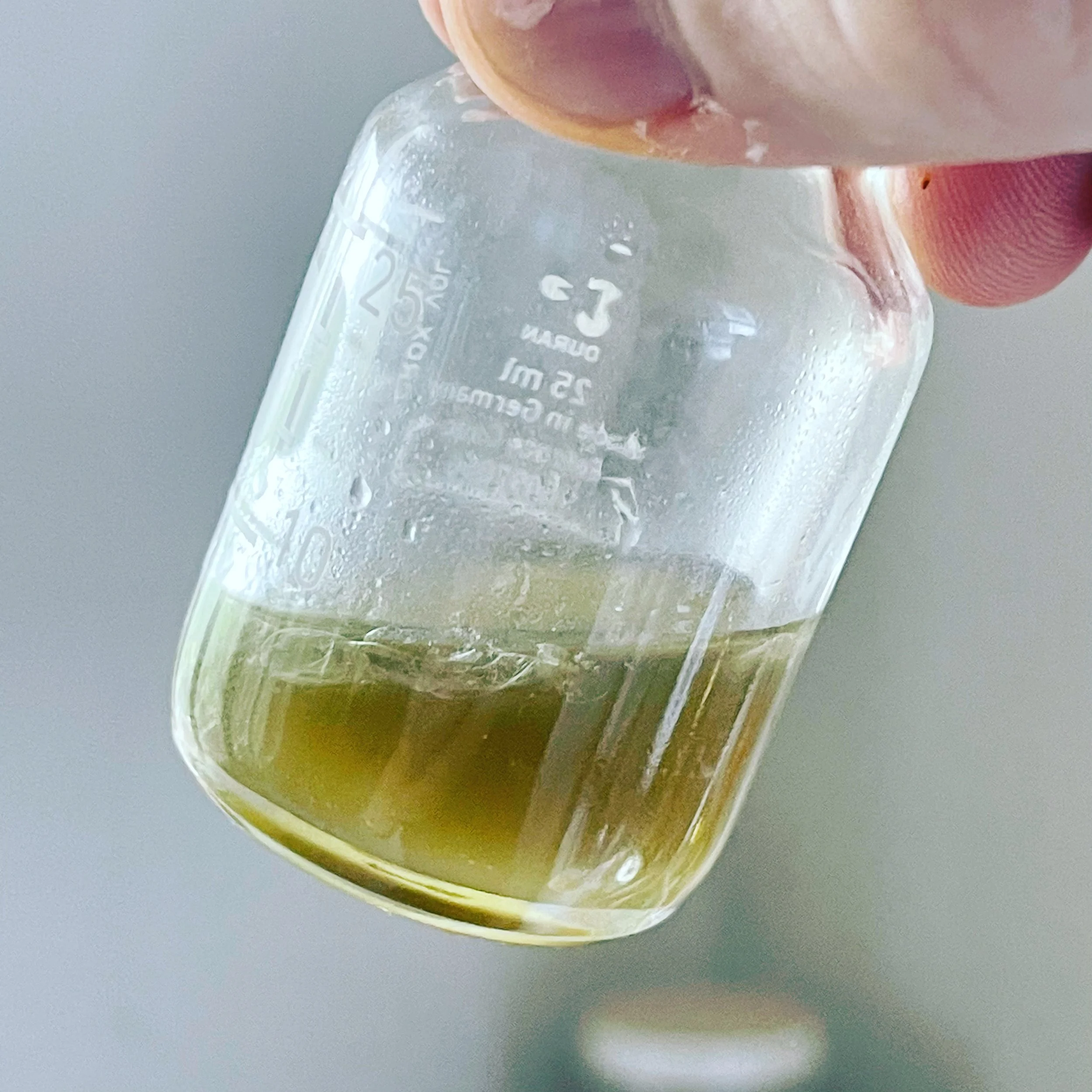
Aroma Sublime's Black Friday and Cyber Monday sale; 33% off everything in the shop! Our biggest sale of the year starts November 28th to December 1st worldwide. Don't miss it!
Aroma Sublime's Black Friday and Cyber Monday sale; 33% off everything in the shop! Our biggest sale of the year starts November 28th to December 1st worldwide. Don't miss it! — AromaSublime

The Soul of the Still: Copper's Legacy vs. Steel's Clarity in the Art of Essential Oil Distillation
Distillation is one of many ancient bridges between nature and magic. Magic once fully understood is then, perhaps, called science. Heat, water, patience, and the attention and wisdom of the distiller coax pure aroma from the depths of nature’s raw offering. In this alchemy, the vessel itself is not neutral.

The Ritual of Oud for Beginners: How to Best Enjoy Oud
To best appreciate a great oud’s fullness and unique personality, a mindful approach is key, and this guide will show you the way.
As you become more familiar with Oud, there are really no strict rules, and you will likely develop your own application techniques based on your own preferences, your budget, the type of Oud you are using, and your intentions in wearing it. In the beginning, however, it's useful to have some basic guidelines…

Fake Agarwood Gallery: an ever expanding encyclopedia of fraud in the agarwood and Oud business
In our tireless search for the real thing we have encountered almost every type of fraud and fakery in the agarwood and Oud oil business. For your information and for your protection we have decided to create a gallery of these encounters with brief explanations. Click Photo to Enlarge and Read More on each case…

The Real Scent of Natural Agarwood Jewelry: How Widespresad Fraud Has Altered Expectations
Pure, untreated, wild Agarwood is a natural wonder. One must become present to its subtleties and moods. The delicate aroma will ebb and flow. Wearing this wood on the body will expose it to warmth and friction, intermittently releasing an ethereal, pure, and completely natural aroma. An unadulterated direct experience of an authentic, rare, and exquisite gift from nature enjoyed by the initiated for millennia.

The Best Bottles for Fine Aromatics? Our Choice is Clear.
We believe in full transparency - and a clear bottle that lets you see and enjoy exactly what’s inside.
Color and texture provide pleasure, relieve curiosity, and impart relevant information about the unique product you have chosen. Color is a big part of what makes a fine botanical extract special and unique, even when compared to other extractions of the same plant.

Oud and Agarwood From Aroma Sublime: Standards and Nomenclature
• Terminology - "Oud" versus "agarwood" disambiguation: For our purposes, here on the Aroma Sublime website, "Oud" will usually refer to the essential oil of agarwood, and "agarwood" to the raw wood itself. This website's terminology seeks to reflect the most common English usage for each form of the materials. Read more; Oud Across Language & Culture at the bottom of this page.

Sustainability in Sourcing Wild Agarwood: How Aroma Sublime is Meeting The Challenge
Our experience is that both sustainability and aromatic quality can be in confluence: mature trees generally offer a superior aromatic depth, complexity and fullness that is second to none. As such, we can confidently make the choices we do based on both aromatic quality and our broader ethical responsibilities.
To barn or not to barn: Understanding so-called "barn" notes in Oud and perfumery
Newcomers to the world of Oud might find this “barn” business to be an enigmatic and quirky bit of nomenclature, little used and rarely needed in more mainstream olfactory explorations. Indeed, we at Aroma Sublime think that the term barn is widely overused. At best, it’s a slightly lazy generalization; at worst, a means of excusing or obfuscating less desirable notes in the marketing of inferior Oud.